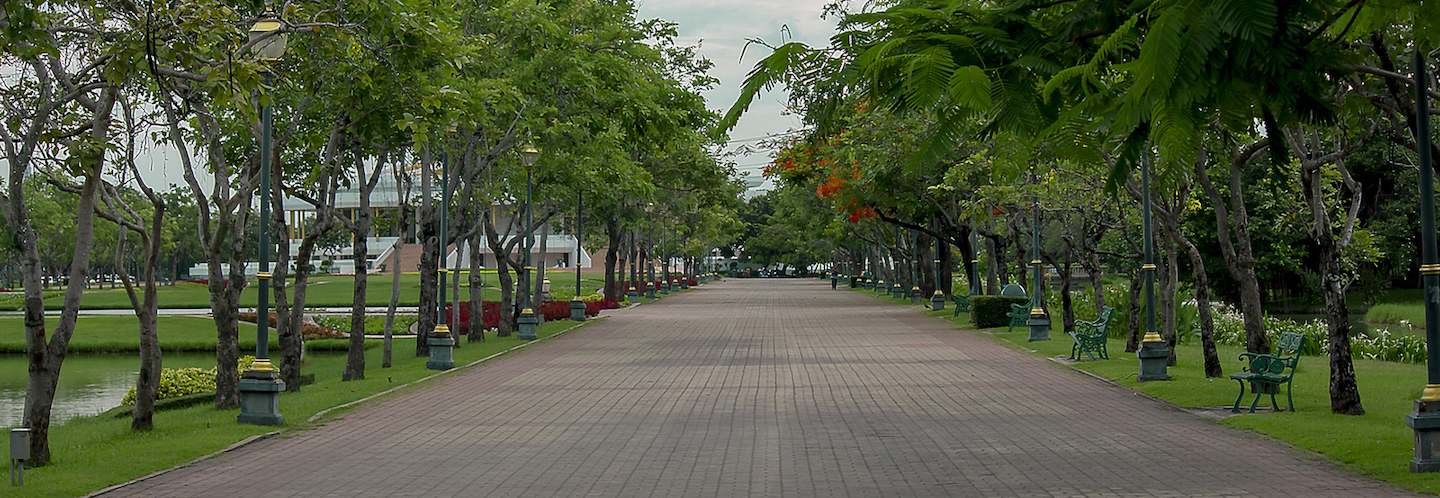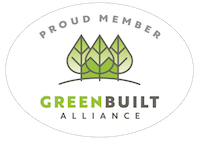Urban Land Planning: Fusco's Urban Trails Planning 101

Embrace the trend with the right plan
One of the more welcome trends over the past decade in the way cities and towns are planning for the future and investing in their infrastructure has been a renewed focus on trails and greenways. From rail-to-trail conversions to bicycle lanes to nature trails to comprehensive trail networks, municipalities and counties of all sizes have increasingly gravitated toward projects that enhance connectivity while providing immense recreational, health, and economic benefits.
We have worked extensively with local governments to plan, permit, and develop these projects. And we believe passionately in the power of urban trails and greenways to transform and elevate communities in profound ways. People who do not own a personal vehicle gain access to more educational, economic, and social opportunity when smart trail networks are developed. Businesses adjacent to trails benefit from the increased foot traffic passing by their doors. And the quality of life for the entire community improves through the presence of a fun, free, open year-round recreational amenity.
While nearly every city planner (and most local elected officials) I talk to today understands the benefits, they also grapple with real-world challenges to developing trail systems. Without a doubt, finding the resources to invest in trails and bicycle/pedestrian infrastructure can be a challenge. But the benefits are worth it.
When we work with a city or town on these types of projects, we take a big-picture, long-term approach. While there are numerous questions to answer and considerations to take into account, cities and towns should have a very clear understanding of the following three considerations in particular before embarking on a trail planning process:
-
What are your community’s natural environmental assets?
The best trail projects not only co-exist with but actually serve to enhance and spotlight the valued natural areas in your community. Trails help to enhance them by serving as educational tools — they enable people to access these areas and feel a connection to them. Trails also relieve development pressure by utilizing space you can’t or shouldn’t utilize otherwise, such as flood plains, while still allowing these important areas to function as nature intended. -
What are your community’s transportation and connectivity considerations?
The best trail projects also improve people’s ability to move around their community and to reach destinations. They connect neighborhoods with each other. They connect neighborhoods with where educational and employment opportunities are located. They connect recreational and natural assets with neighborhoods. These connections might not necessarily be the traditional greenway along the river — instead, connectivity may be achieved through a multi-modal experience. For example, a nature trail might connect into a neighborhood, continue along a sidewalk and/or a bike lane for a few blocks, and connect to a grocery store on the other side of the neighborhood, then connect into a protected bike lane and then a regular bike lane and eventually to a bus stop, where you can throw your bike on a bus and continue onto another more distant part of the community, or another community altogether. Planning and building trails that connect all three settings — natural, residential and commercial — leads to a more cohesive community that is fully accessible to all. -
What are your community’s future growth considerations?
Trails will lead to more foot traffic and interest in the businesses and other features and assets along their route. So building trails is a powerful tool to help revitalize areas and to help shape future growth and investment in your community. And by providing trails to these areas so that people do not have to rely solely on car transportation to access them, you can save your community money over the long term. Trails are expensive, but they typically are much less expensive than major road widening and expansion projects, which may not actually improve congestion and traffic. This hierarchy of costs make investments in trails much more palatable over time. Our friends at Asheville on Bikes have a great page of data and other information showing the economic benefits of investing in bike-friendly streets, parks and businesses.
Of course, many other considerations have to be taken into account as your trail-planning process continues. But starting with these will lead to a better process and a plan that will be more likely to stand the test of time.
What are some of the challenges or snags that are preventing you from moving forward with trail and bicycle/pedestrian infrastructure investments in your city? Let us know by filling out the form on this page, and we’ll be in touch with possible solutions. We’d love to hear from you.
© 2025 Fusco Land Planning & Design, PLLC. All Rights Reserved | Site by ALINE, A Marketing Company


